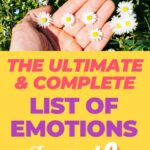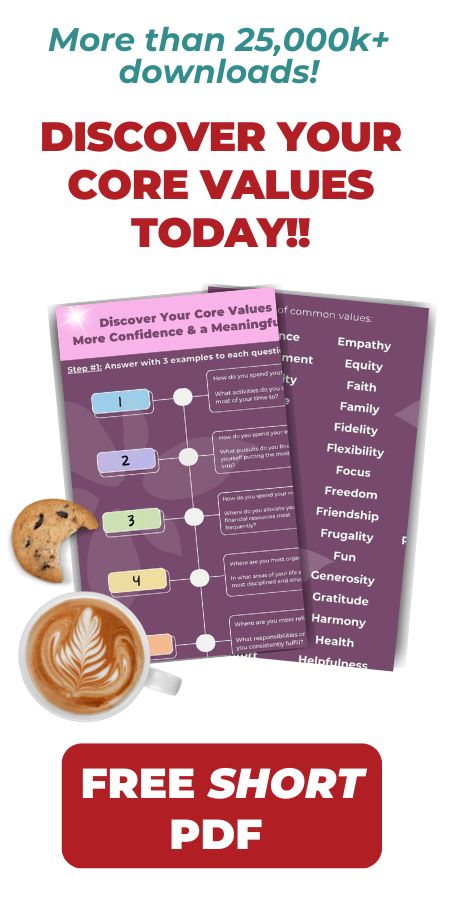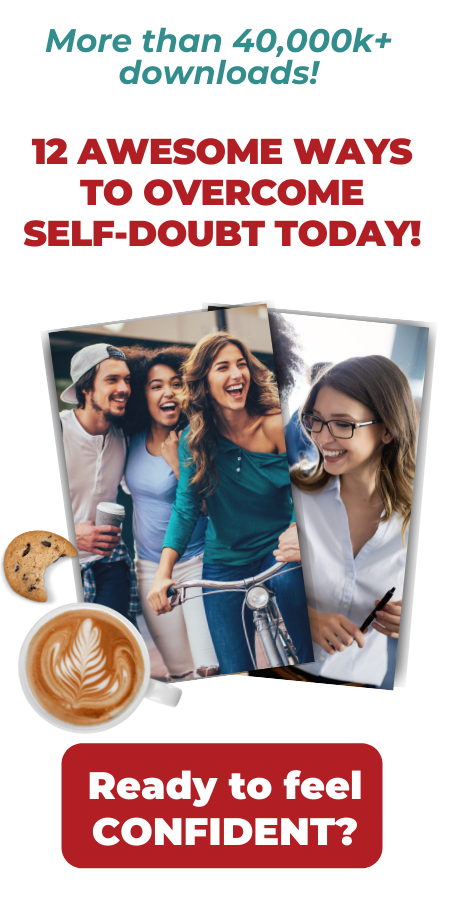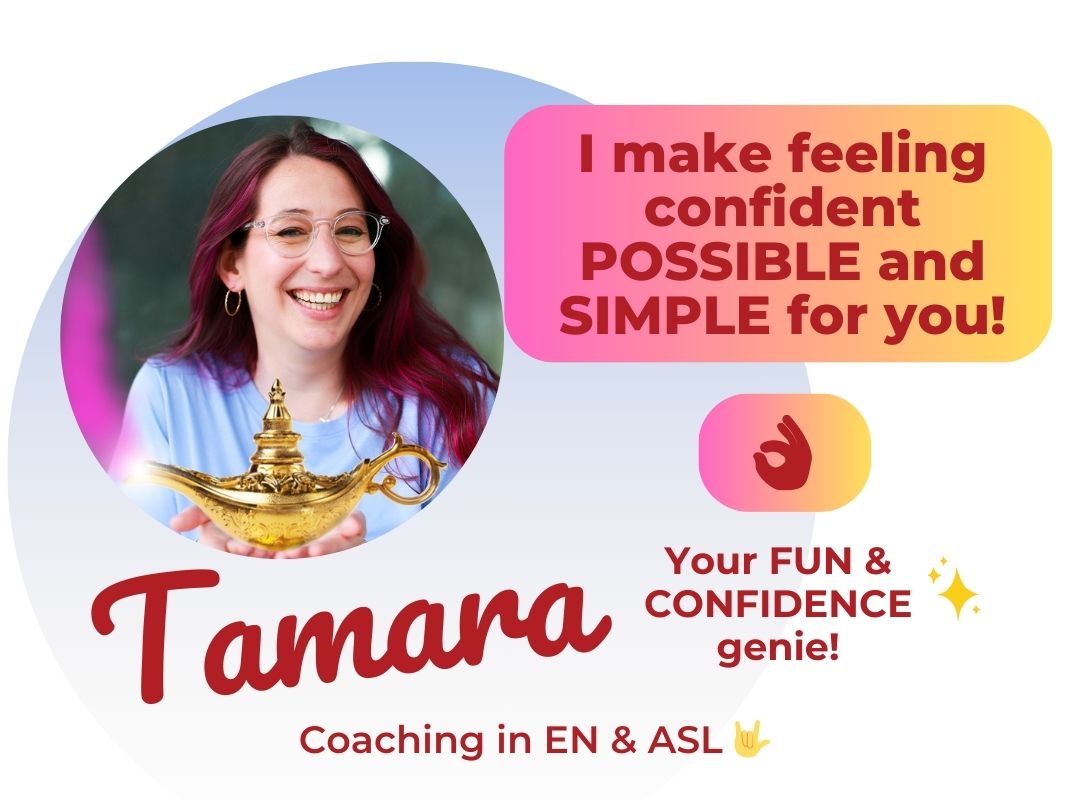
What are emotions and feelings?
It might seem a bit tricky, so let’s break down the difference between these two concepts!
I came across an insightful article on Wake Forest University’s website titled The Difference Between Feelings and Emotions.
Here’s how it explains the distinction:
Feelings. Both emotional experiences and physical sensations — such as hunger or pain — bring about feelings, according to Psychology Today. They are a conscious experience.
Emotions. According to Psychology Today, an emotion “can only ever be felt…through the emotional experiences it gives rise to, even though it might be discovered through its associated thoughts, beliefs, desires, and actions.” Emotions are not conscious but instead manifest in the unconscious mind. They can be brought to the surface of the conscious state.
Now, onto something equally intriguing — did you know there are 6 primary emotions that scientists have identified?
These are:
- Happiness
- Anger
- Sadness
- Fear
- Surprise
- Disgust
They are considered primary because researchers found that these expressions are universally recognized across all cultures. Pretty amazing, right? 🙂
But for today, let’s focus on our inventory PDF to help you gain a clearer understanding of what you’re experiencing! 🙂
The Complete List of Emotions PDF
Here you’ll find a handy guide in PDF format, so you can screenshot or save this resource and start using it right away!
First up, we have what’s often referred to as “positive ones” which are the ones we experience when our needs are being met.
These are also sometimes known as happy states or simply uplifting experiences.
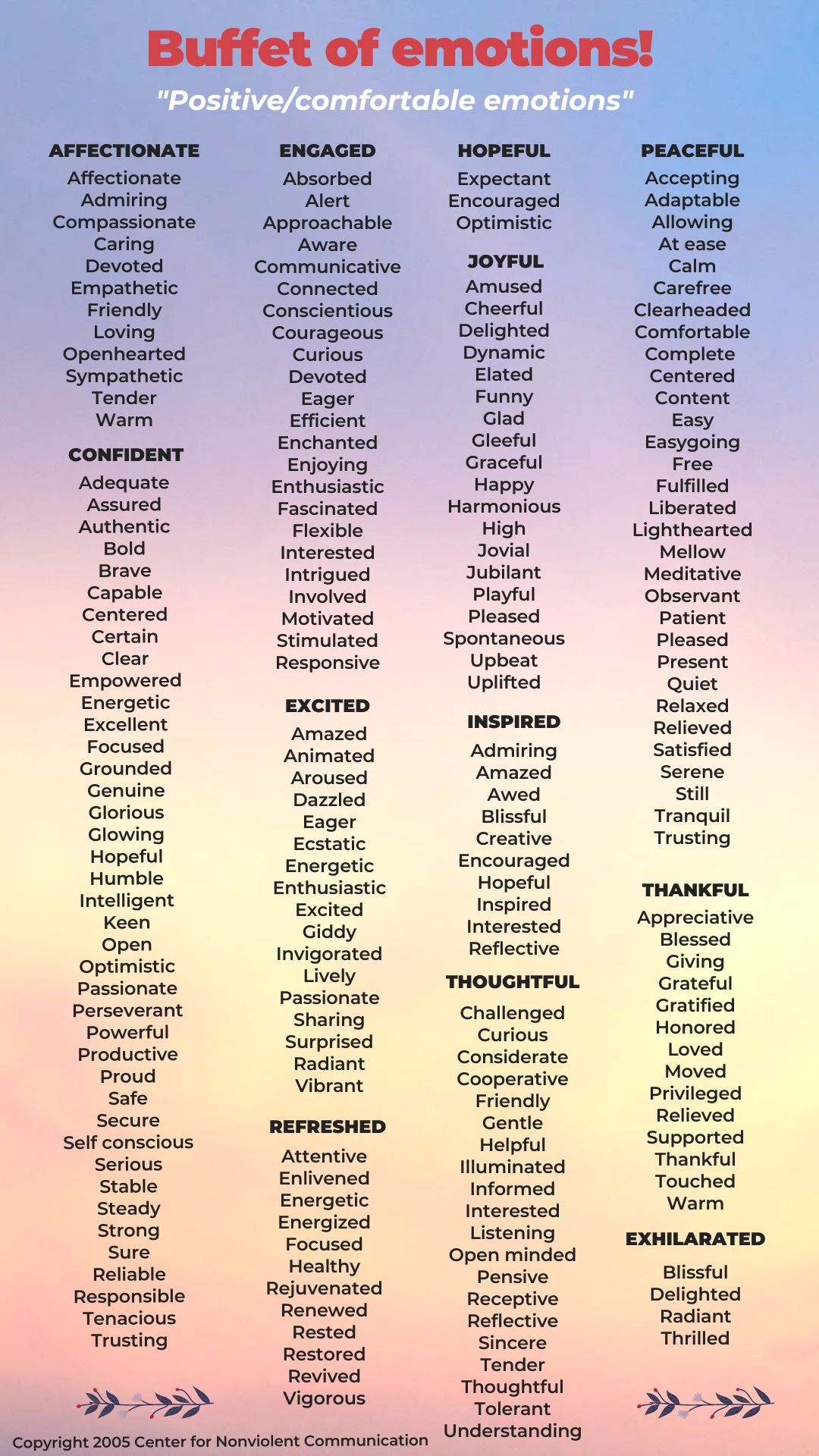
Next, we have the ones that arise when our needs aren’t being fulfilled…
Such a wide range of moods to explore! These are often referred to as sad sentiments.

Now, you see there’s quite a spectrum of words to truly capture what you’re experiencing, right? 🙂
You can express anything you’re going through with this wheel of moods. Each word is a powerful tool to involve your inner world.
Now, it’s clear that there are even more words to describe what’s going on inside, right? 🙂
Anything can be expressed with this mood list. These words are perfect for capturing those inner experiences. It’s on point!
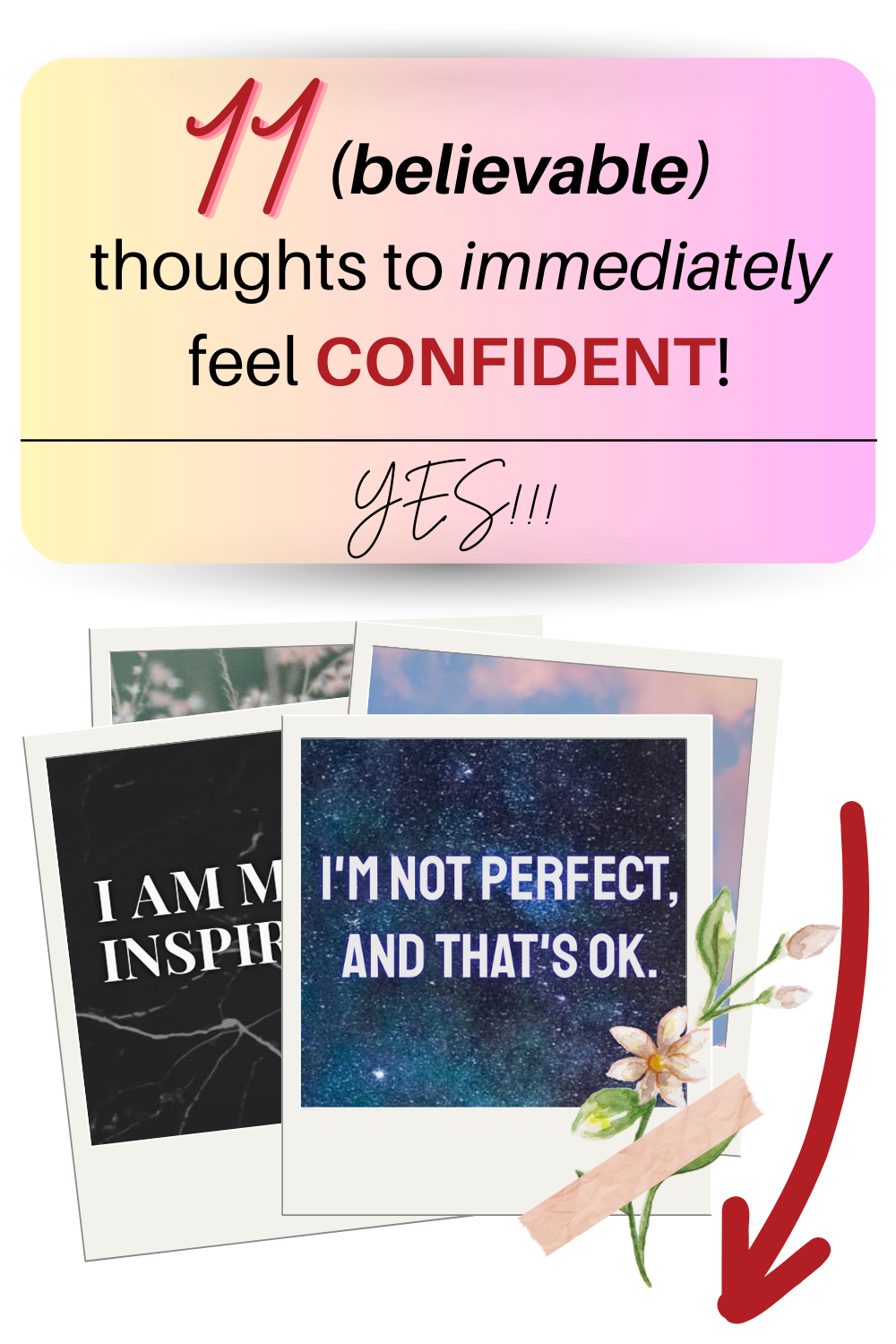
For reference: Why are they important?
Our inner states are the real driving force behind any action we take.
No matter what we’re doing, no matter the hour or the day, we’re doing it because it makes us experience something specific.
And if we’re avoiding something, it’s because we don’t want to experience a certain response.
Think about anything you want to do, like a result you’re aiming for—say, eating healthier.
Why do you want to eat healthier? So you can FEEL better.
The opposite is true too! Why don’t you want to start that conversation with a stranger? Maybe it’s because you’re afraid of experiencing rejection or being ignored.
Whatever we’re doing, it’s because we believe it will make us experience something specific (or help us avoid an unpleasant sensation).
So, we’ve got to understand the range of inner states that exist, which ones we go through daily, and whether they’re really helping us get the results we want.
Believe it or not, WE and only WE have control over how we experience life! 🙂
This is actually fantastic news! 🙂
The theory behind the facial expression?
The theory of those looks into how our faces naturally reveal what’s going on inside us, often without us even noticing!
Did you know that the cues aren’t just random? They’re deeply tied to our internal experiences.
For instance, the famous “Duchenne smile,” where the eyes crinkle at the corners, is a genuine sign of happiness.
What’s truly fascinating is that people across different cultures can recognize the same basic facial cues—happiness, sadness, anger, fear, surprise, and disgust—showing that these reactions are universal. It’s like our faces have their own unique language! 😊
Berkeley, University of California
At the University of California, Berkeley, they’ve done some amazing work in figuring out our emotions!
From uncovering the six basic human emotions we all share to digging into how we express and understand what’s going on, Berkeley has really helped shape the way we see our emotional world. 😊
It’s pretty cool stuff, and it’s all part of why we have such detailed lists of emotions today!
Dr. Robert Plutchik
Dr. Robert Plutchik made waves in the psychology world with his innovative Wheel of Emotions.
His model highlights eight core emotions.
Plutchik’s work helps us understand not just what’s happening, but also the intensity and complexity of those emotions—making it a powerful tool for emotional awareness. 😊
Anger, sadness, disgust… What are some examples?
As I mentioned earlier, examples of what we experience internally can often overlap.
These experiences are more deeply felt in the unconscious mind, while our conscious mind is where we become aware of them.
So, take a look at the list above—it’s already a big help! 🙂
The key takeaway here is that no matter what’s going on inside, you HAVE CONTROL OVER IT.
You can choose your state of mind! 🙂
How? By paying close attention to the way YOU THINK.
Remember: Your thoughts shape your inner world.
Enjoyment for you: some practice!
You do things because of the way they’ll impact you!
As I always say, our emotions drive every action we take—and even the ones we avoid!
Whatever we do, it’s because we expect it to make us feel a certain way.
And here’s the catch—we crave positive emotions but shy away from the tough ones, e.g.
But here’s the reality: living in a human body means experiencing both the ups and downs, and that’s totally fine!
When something bothers us, it’s natural to feel upset.
That’s what makes us human: experiencing the full range of emotions!
We need to be open to whatever comes our way, both the pleasant and the challenging.
How to do that?
Here’s a quick trick to practice:
1. Think of a moment recently in your life that you liked.
It can be as simple as reading a book, going for a walk, hanging out with someone else (or with yourself actually!).
Picture yourself there, completely.
Close your eyes and think about that moment.
How do you feel? What’s the emotion? Name the emotion and describe it: Where it is, what color it is, what’s the size of it and how does it feel in your body.
Take your time to really feel that moment and that emotion in your body.
Open your eyes.
2. Now think of something that is annoying you!
A problem that you have to solve, something that’s been on your mind recently.
And here it’s not going to be that easy so stay with me! 🙂
Simply close your eyes and think about that issue.
Then, switch and imagine that you are out of your head into your body.
Look at what you’re thinking as the observer/the watcher!
Name it, is it anxiety? Frustration? Worryness?
Define where it is in your body.
Where it is, what color it is, what’s the size of it and how does it feel in your body?
Then open your eyes.
This is how you truly feel an emotion! 🙂
They are there to be felt!
All basic emotions are completely valid!
And you can allow any emotions: positive and negative ones.
You can develop that gentle awareness to experience negative emotions.
If you are willing to allow any kind of emotions, nothing can stop you!
Because remind yourself: the only reason why we don’t take action is that we are afraid of negative emotions!
But emotions cannot hurt us.
The worst thing that can happen is a negative emotion.
You can suggest yourself this:
“This is “name of the emotion” emotion and it’s ok to feel it.”
Nothing has gone wrong, this is part of the human being’s experience! 🙂
What are some confident emotions? Disgust?
If you’re interested in emotions that drive confidence, these are the ones for example that you want to feel:
- Bold
- Capable
- Empowered
- Focused
- Hopeful
- Open
- Optimistic
- Powerful
- Proud
- Safe
- Secure
- Sure
- Trusting
Such a nice menu of emotions, right? 🙂
If you want to feel these emotions, think of what THOUGHTS you may think that will create them for you.
For example, if I want to feel empowered, I’m having these thoughts:
- Other people did it, I can too!
- I can do hard things!
- I succeeded in a lot of things, I can do that too!
What thoughts can YOU think of?
Ask your therapist too! 🙂
What are the 3 emotions you’re experiencing on a daily basis?
Quick exercise for you today.
I want you to ask yourself: What are the 3 emotions that you are experiencing on a daily basis?
Go again through the list and think of the 3 main emotions.
Is it maybe:
- Satisfied?
- Tired?
- Overwhelmed?
You can hear people maybe calling it moods list.
Connect with yourself: What emotions that you WANT to feel on a daily basis?
I truly believe that what’s going on inside us creates the momentum we need to take action.
So, what are 3 inner states that could spark the drive for you to take the next step?
I remember when I used to feel:
Worried… Tired… Overwhelmed…
And I told myself that I wanted to experience instead:
Determined! Energetic! Confident!
I took the time to write down the thoughts that would help me feel those ways.
It was eye-opening!
Taking a moment to focus on just these 3 states isn’t a big exercise—it’s something we really can’t say we don’t have time for… Right? 🙂
To sum up!
We all experience those inner states that shape our personality and perspective, whether it’s a bit of stress or even something deeper like depression.
But here’s the thing—taking just a few minutes to reflect can bring so much ease and relaxation.
It’s amazing how a little scientific understanding can help with coping and make us see the value in what we’re going through.
In comparison to feeling stuck, when we know what we want to work on, everything becomes clearer.
So why not take a moment to tune in and see how it all fits together? 🙂
As you can see, having this list can make a world of difference.
You discover so many ways to experience life, from joy to anticipation, and even the uncomfortable moments like grief and shame.
This guide, inspired by top psychologists, aids in understanding the full range of what one feels, whether it’s compassion or dislike.
It’s a powerful tool for self-reflection and psychological discussion.
YOU get to choose how you want to feel and take full control of your life! 🙂
